Lucy Liu and Shubigi Rao are worlds apart. One’s a Hollywood actress (and now director), artist, and UNICEF ambassador, the other’s a local artist and writer who received the Juror’s Choice Award at the APB Foundation Signature Art Prize last year, and works with everything from drawings to short films.
You may know Liu from her most popular roles as one of out three Charlie’s Angels, or as O-Ren Ishii in Kill Bill, but apparently, she’s been in and out of the art world way before she took up acting. The New York-native, whose family immigrated to the United States from China when she was still a kid, may not have much cultural overlap with the Bombay-born Rao, whose experiences in her country of birth don’t quite tally with what you’d typically think of someone residing in India (she admits to disliking Bollywood and cricket, and only being fluent in English). But art is what they share.
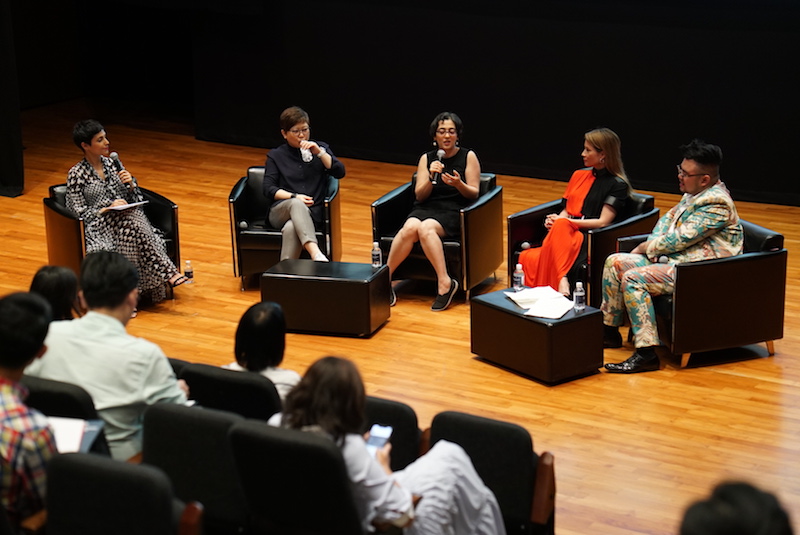
Both embody a spirited passion for their craft, which they expressed in a compelling, hour-long artistic dialogue at the National Museum that left us captivated — by their words, by the thought process behind their works, and by their perspectives on the art world.
And you wouldn’t know it by their affable rapport, but prior to this collaboration, the pair have never met. In fact, throughout the course of their joint effort for Unhomed Belongings, their conversations took place on the screen, and their first impressions of one another were formed by looking through the other’s portfolio of art. Rao was drawn to Liu’s works, especially her use of found objects in books, while Liu spoke of their connection in the way they pictured things visually.
Even the way they chose to lay out their creations was fluid and spontaneous — previously constructed designs were tossed out the window once both artists realized that some of their works seemed to interact with one another more than others.

But that’s what makes the one-month exhibition so riveting, as you discover the parallels and connections between the 15 artworks on display, even though they’re all individual pieces separately created by Liu and Rao. In discussions revolving around their backgrounds and culture, and how those shaped their world view and art, the duo came up with their exhibition title, influenced by their use of repurposed objects and the ideas behind that.
Described as an organic, ground-up initiative by Ryan Su, founder of The Ryan Foundation, the concept actually came about when Su was introduced to Liu by a mutual friend, and the two hit it off in New York. After paying a visit to Liu’s studio, Su was so impressed that he took the opportunity to Angelita Teo, Director of the National Museum of Singapore, who added Rao’s name to the mix.
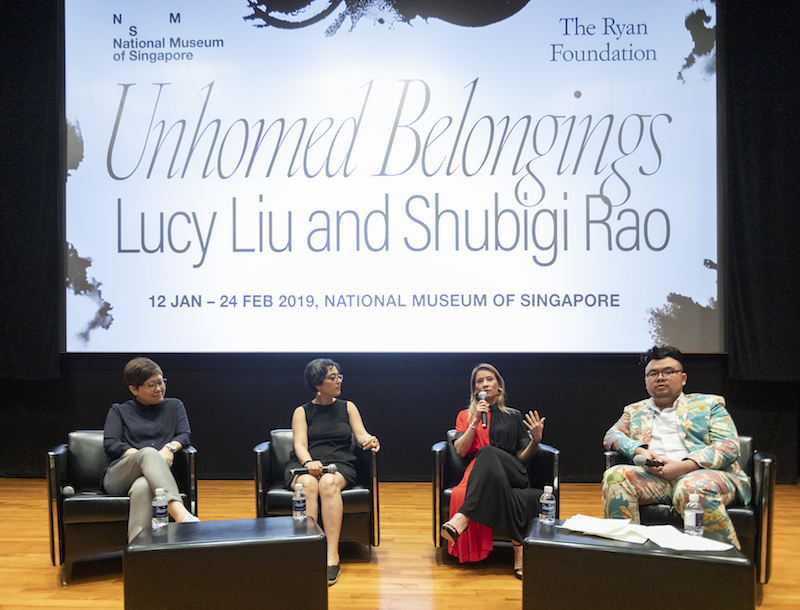
“The challenge was that, if we were to bring a show back to Singapore, with Lucy Liu’s name, would someone take it seriously?” Su questions. “We were actually surprised that Angelita stepped up to the plate, and she took a huge risk from a community perspective, from a perspective that would entice people to come over, see the museum, to learn about themselves.”
“This is a rare opportunity that a social history museum is hosting a contemporary art exhibition,” Teo adds. “Contemporary art is one of the ways we can reach out and bring relevance to history, to social issues today. The coming together of this exhibition was one where stars were aligned, and through the conversations, we were able to bring together two very talented artists. This is the beginning of, I hope, more conversations, not just between artists, but between people.”
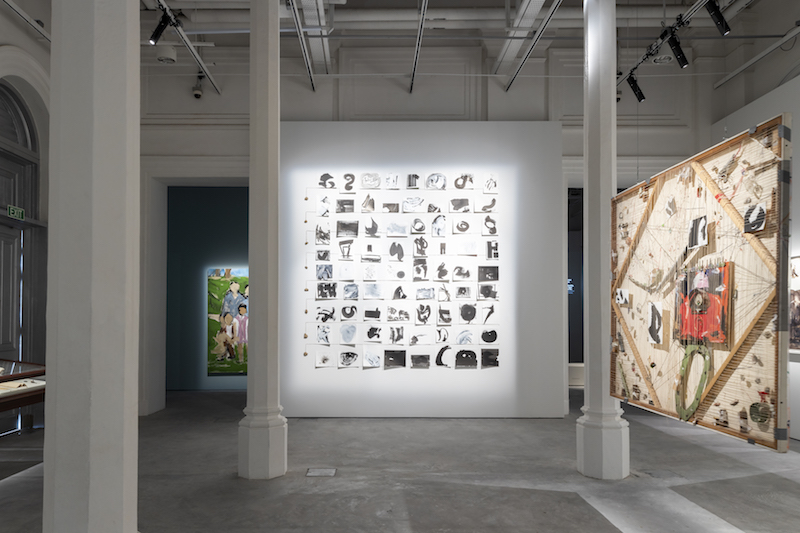
Interestingly, both women had actually worked under pseudonyms for the initial years of their art career. “The pseudonym is a form of protection. My attempt was to give the audience as much a blank slate as I could,” explains Liu, who used her Chinese name. “It’s more about allowing the audience to come in with the freshest and most open perspective. It’s impossible to control what someone sees or doesn’t see.”
Rao, on the other hand, released her works under a male name for 10 years, to let her craft speak for itself. And it was the “act of making art and having the courage to release it in the wild and let it stand on its own” gave the artist the confidence to come out of her shell.
“The best of humanity comes out when we look at the works of each other, and we share our works with each other,” she says.
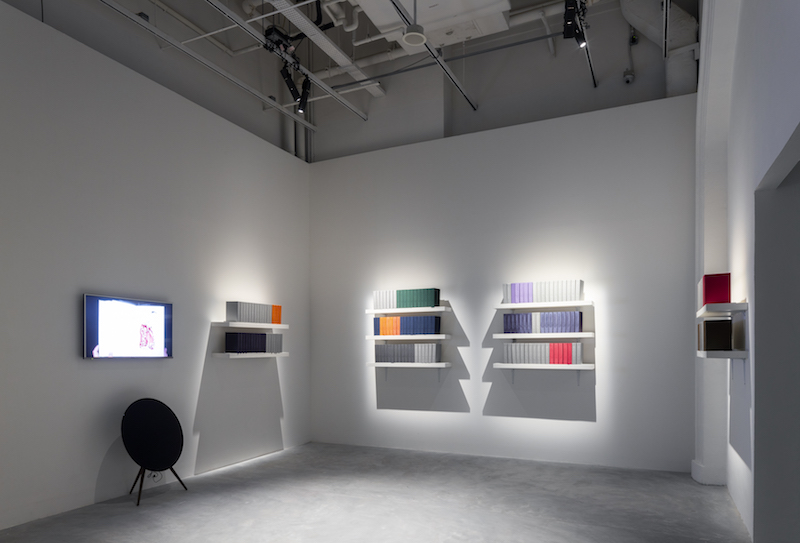
Themes of security, salvation, and the impact of personal relationships on our physical and emotional selves can be found throughout Liu’s series, with one highlight being her Lost and Found installation.
An interactive display of handmade books carved out and filled with discarded items Liu picks up from the streets during her travels across the globe — except Singapore, where our streets are way too clean, she quips — the work encourages visitors to flip through each tome and place them anywhere in the exhibition space. With this action, they then become part of a cycle of rediscovery, giving new meaning to the lost objects.

“I’ve always been a collector of objects, and been criticized for picking things up off the street without gloves and then putting them in my purse,” Liu chuckles. “And I opened the book, there was a discovery of these objects as beings, as living and breathing things, and they became sculptures, and they seemed very pleased and happy to have a place of safety. And I think as a child I wanted that safety and that feeling of being at home as a safe place to go… so I feel like these objects feel loved and cared for.”

Similarly, Rao’s first two volumes of Pulp draws the viewer in to take a closer look at found objects that may look ordinary at one glance, but actually have unexpected character when observed in detail. A decade-long project that she’s halfway through, Pulp also features one short film and some of her photographs. It’s an incomplete representation, Rao says, “because these things don’t have a place yet.”
But then again, perhaps that’s the beauty of the collaboration, in featuring things have been displaced and unhomed, yet now they’re part of a showcase, where they belong, for a time.
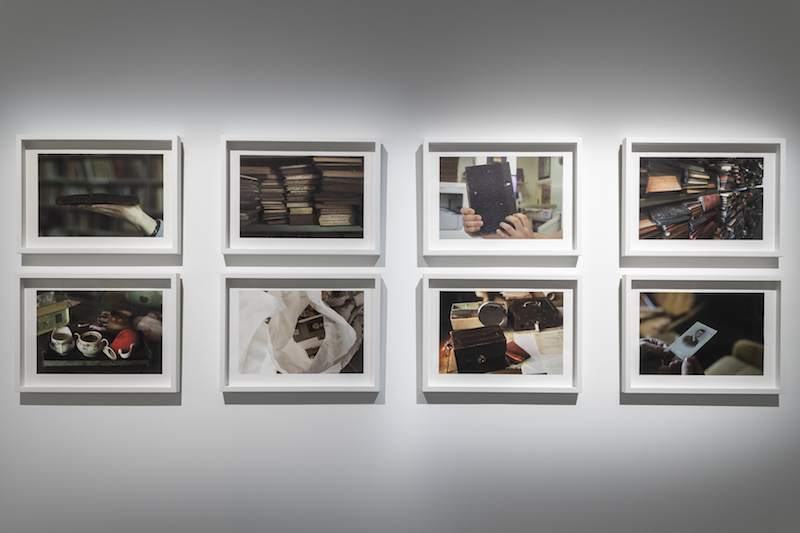
“You can’t easily describe relationships, you can’t describe work, and you certainly can’t describe people. And I like that this exhibition disrupts a lot of easy ideas about things. I like that there are multiple ways to read all the works,” Rao muses. “It’s really lovely to see these so-called inanimate objects build their own relationships, have their own dialogue with each other. That’s exactly what happened here. That’s something I haven’t experienced in a long time, and I loved it.”
FIND IT:
Unhomed Belongings is on from Jan 12-Feb 24 at the National Museum of Singapore, 93 Stamford Rd.
Daily 10am-7pm. Free admission.
MRT: Bencoolen/Dhoby Ghaut/Bras Basah
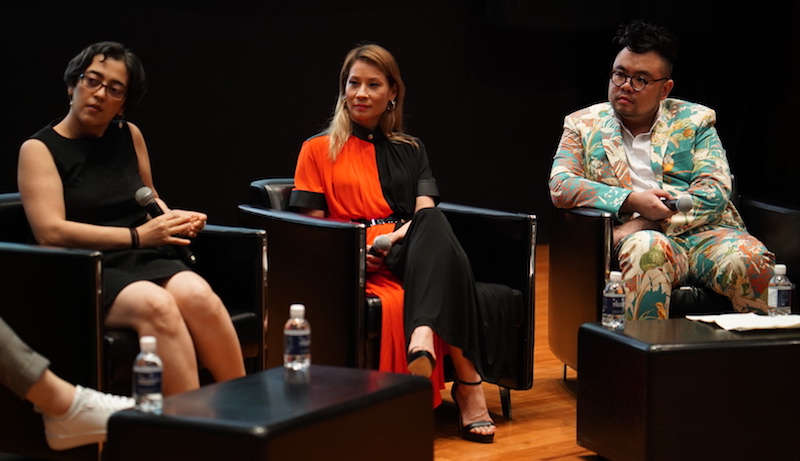




Reader Interactions